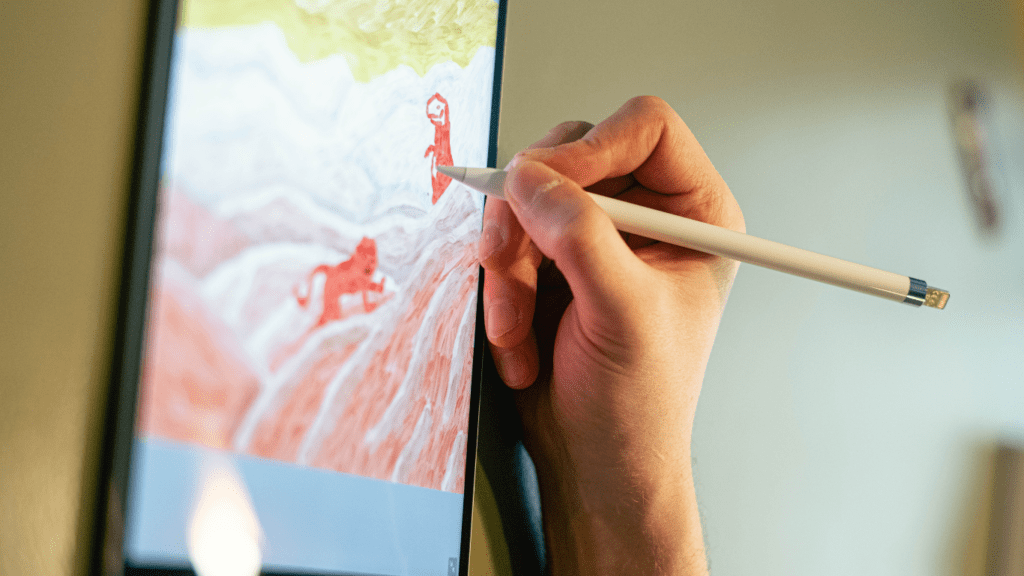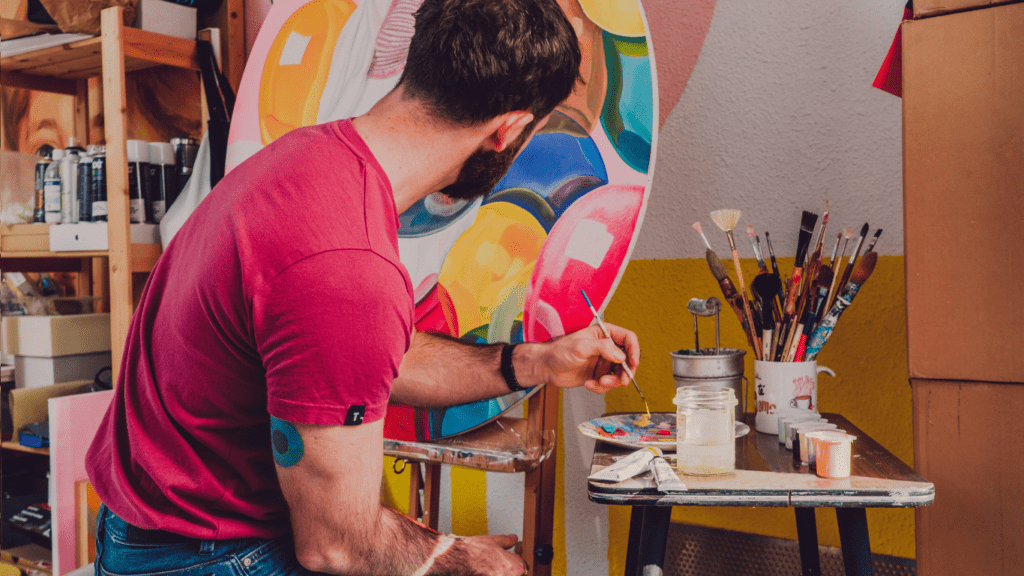Understanding NFTs
NFTs, or non-fungible tokens, are unique digital assets representing ownership or proof of authenticity of a specific item or piece of content. They primarily exist on blockchain networks, providing traceable ownership records.
What Are NFTs?
NFTs are blockchain-based digital assets. Unlike cryptocurrencies like Bitcoin or Ethereum, they’re not interchangeable because each NFT has a distinct value. Think of them as one-of-a-kind digital collectibles. Artists, musicians, and creators use NFTs to sell digital art, music, videos, and other content. Each NFT contains unique metadata, ensuring originality and ownership.
The Technology Behind NFTs
Blockchain technology underpins NFTs. It functions as a decentralized ledger, recording NFT transactions across multiple computers. Ethereum’s blockchain is commonly used due to its smart contract capabilities. Smart contracts automate the execution of transactions when certain conditions are met. This technology ensures transparency and prevents alterations, providing security for digital assets.
The Rise of NFTs in Art
NFTs have swiftly risen to fame within the art world, redefining how art is created and traded. This transformation is visible in various ways, particularly through early adoption by digital artists and high-profile NFT art sales.
Early Adoption by Digital Artists
Digital artists were among the first to recognize the potential of NFTs as a medium for selling their work. Traditional barriers to entry in galleries and auction houses didn’t constrain these artists.
Instead, they leveraged platforms like OpenSea and Rarible to market their digital pieces. Some digital artists, like Beeple, made headlines by selling NFTs for millions, demonstrating the substantial market interest.
They embraced NFTs not only for financial gain but also for the ability to reach a global audience directly, bypassing intermediaries. This empowered them to retain more control over their work and its distribution.
High-Profile NFT Art Sales
High-profile NFT art sales have significantly impacted the art market. For example, Beeple’s “Everydays: The First 5000 Days” sold for $69.3 million in a Christie’s auction. Such sales grabbed mainstream media’s attention, drawing more artists and collectors into the NFT space.
These high-value transactions underscore the newfound appreciation and investment in digital art. Collectors, enticed by the provable ownership and scarcity NFTs offer, show increasing willingness to invest substantial amounts in these digital assets. This rise in high-value sales is reshaping the art landscape, fostering new opportunities and challenges.
Benefits of NFTs for Artists

NFTs are revolutionizing how artists interact with their audiences and monetize their work. These digital assets provide several advantages that enhance the overall creative ecosystem.
Enhanced Revenue Streams
Artists can generate new income through NFTs. Unlike traditional art sales that often involve middlemen and galleries, NFTs allow artists to sell directly to collectors. For instance, an artist can mint an NFT for a digital painting and sell it on a marketplace like OpenSea or Rarible. The decentralized marketplace model ensures that the artist receives the majority of the sale price, increasing overall earnings.
In addition, NFTs enable artists to gain from resale value. Every time an NFT changes hands, the original creator can receive a commission, known as a royalty. This recurring income stream creates sustained revenue opportunities, benefiting artists long term.
Greater Control Over Ownership and Royalties
- NFTs offer artists more control over their creations.
- Each NFT includes unique identifiers and metadata, proving ownership and authenticity.
- Blockchain technology ensures that these details cannot be altered, giving artists confidence that their work is protected.
- Smart contracts automate royalty payments. These digital contracts are self-executing, with terms of the agreement directly written into code.
- If an artist sets a 10% royalty on their NFT, they automatically receive this percentage from any future resale. This reliable system guarantees artists continuous royalties without the need for third-party intervention.
By embracing NFTs, artists can control their work’s distribution, ensuring it remains authentic and profitable. The technological advantages of NFTs empower artists to navigate the digital art landscape with unprecedented autonomy and financial security.
Challenges and Controversies
NFTs are transforming the art world but not without facing significant challenges and controversies. Two major issues include environmental concerns and market volatility.
Environmental Concerns
The creation and transaction of NFTs demand substantial energy, leading to significant environmental impacts. Blockchain networks, particularly Ethereum, rely on energy-intensive processes for minting NFTs and securing the network through proof-of-work algorithms.
This high energy consumption results in a considerable carbon footprint, raising concerns among artists and collectors about the sustainability of NFTs. Some artists have chosen to boycott NFTs or seek alternative blockchains, such as Tezos, that use less energy-intensive mechanisms.
Market Volatility
The NFT market is highly volatile, posing risks for artists and investors alike. The value of NFTs can fluctuate wildly, driven by speculation and market trends. High-profile sales, like Beeple’s $69 million auction, create hype that attracts opportunistic investors but can lead to bubble-like conditions.
If the market crashes, artists and collectors could face substantial financial losses. This unpredictability challenges the long-term stability and sustainability of NFTs in the art world, making cautious and informed participation essential.
The Future of NFTs in Art
NFTs continue to reshape the art world with their dynamic advantages and challenges. Exploring predictions and emerging trends sheds light on what the future holds for NFTs in art.
Predictions and Trends
High-profile sales of NFT art persist, driving mainstream interest. Christie’s auction of Beeple’s “Everydays: The First 5000 Days” for $69.3 million in 2021 highlighted NFTs’ potential. With the pace of technological advancements, widespread adoption of NFTs by traditional art institutions and galleries seems imminent. Digital art will see greater acceptance, and physical-digital hybrids might become common, blending tangible artworks with digital counterparts.
Potential Innovations
As NFTs evolve, so do the platforms and technologies supporting them. Layer-2 solutions and proof-of-stake blockchains, such as:
- Polygon
- Tezos
aim to reduce energy consumption.
These technologies could address sustainability concerns, attracting more environmentally-conscious artists. Fractional ownership is another intriguing innovation, allowing multiple investors to own fractions of high-value NFTs, democratizing access to expensive digital art. Smart contracts might incorporate real-time royalty distributions, ensuring artists receive earnings from secondary sales without intermediaries.



 Founder & CEO
Daniel Anderson is the visionary founder and CEO of the website, leading the charge in revolutionizing the crypto space. With a deep understanding of blockchain technology and years of experience in the industry, Daniel has established himself as a key figure in the cryptocurrency world. His passion for decentralization and financial innovation drives the platform’s mission to deliver cutting-edge insights and resources for crypto enthusiasts, traders, and investors. Under his leadership, the website has grown into a trusted hub for the latest trends, news, and developments in the digital asset space.
Founder & CEO
Daniel Anderson is the visionary founder and CEO of the website, leading the charge in revolutionizing the crypto space. With a deep understanding of blockchain technology and years of experience in the industry, Daniel has established himself as a key figure in the cryptocurrency world. His passion for decentralization and financial innovation drives the platform’s mission to deliver cutting-edge insights and resources for crypto enthusiasts, traders, and investors. Under his leadership, the website has grown into a trusted hub for the latest trends, news, and developments in the digital asset space.
